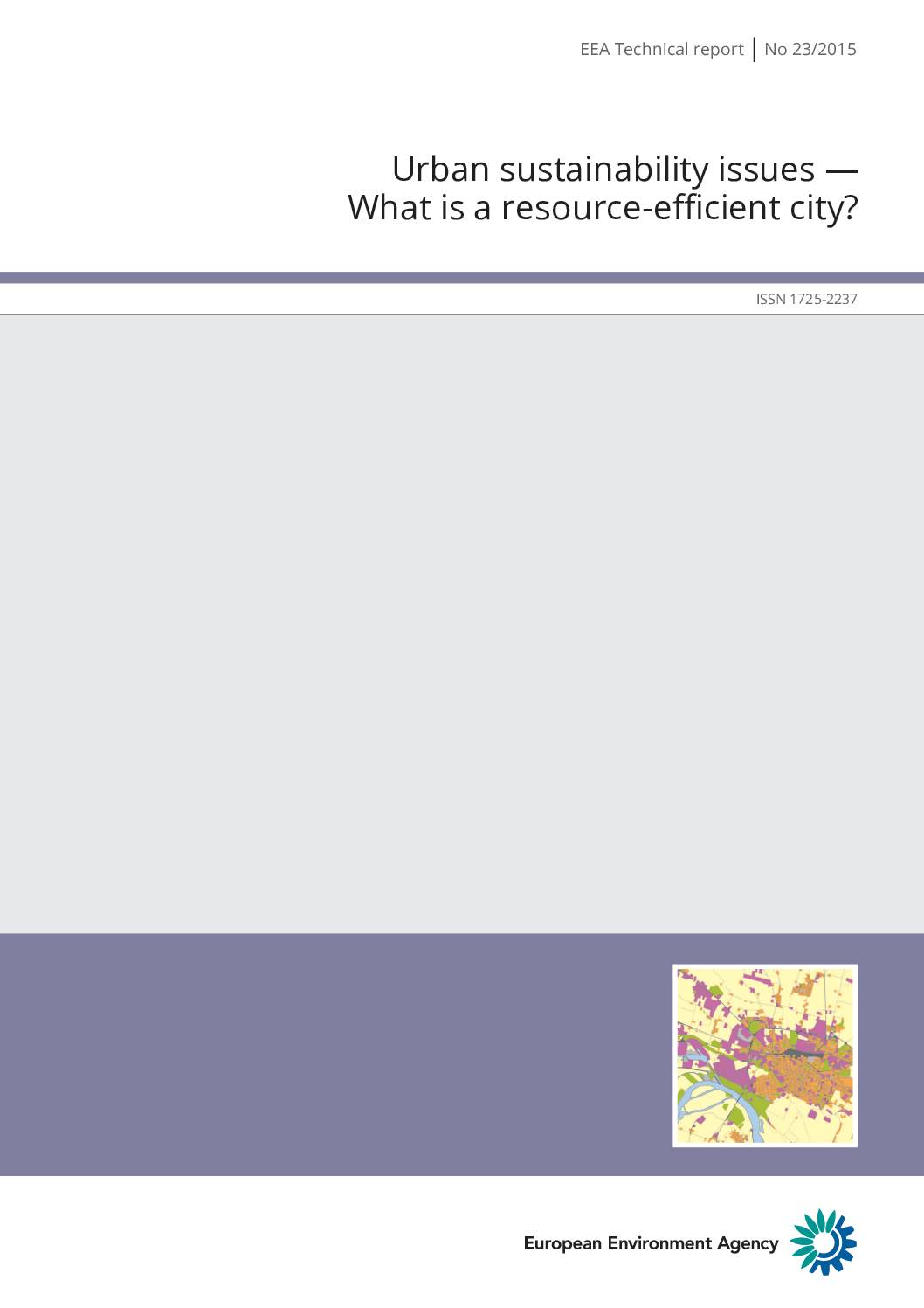This Technical Report by the European Environment Agency (EEA) introduces the concept of urban metabolism, the circular model and the role of compactness in urban resource efficiency.
Cities require natural resources and energy to sustain the activities and daily life of the urban population. Nevertheless, there are opportunities to minimise the use of resources needed to sustain urban life and to reduce waste and emissions. As the urban form shapes the way people live, work and move, compact cities offer great potential to reduce the dependence on natural resources and energy. Urban planning, based on a vision of the future and developed with local stakeholders and crossing administrative borders, is a key factor in increasing the density of urban areas.
The report explains, inter alia, that a city has to continuously maintain its existing building stock and infrastructure. Even if the urban structure cannot be easily changed, the ‘grey infrastructure’ may be effectively managed and retrofitted to enhance its performance. Utility suppliers, urban managers and planners, and local governments can develop integrated urban strategies and resource-oriented policies. Action to improve resource efficiency can be taken on different spatial and temporal scales. The optimisation of urban cycles starts at the building unit, as that is where most urban resources are consumed, followed by the urban block, the district and the city. To achieve the greatest benefits, it is important to manage each resource on its optimal scale.
Share this

Sectors: Buildings, Cities, Cross cutting, Renewables
Country / Region: Global
Tags: cities, corporate reporting, emissions, energy, resource efficiency, sustainability, urban, wasteKnowledge Object: Publication / Report
Published by: European Environment Agency
Publishing year: 2015
Author: Marie Cugny-Seguin
